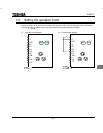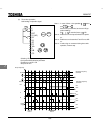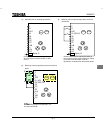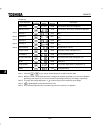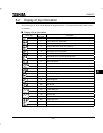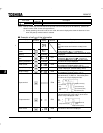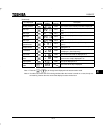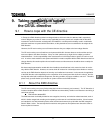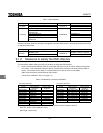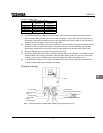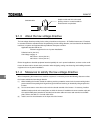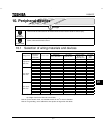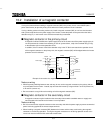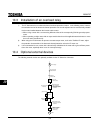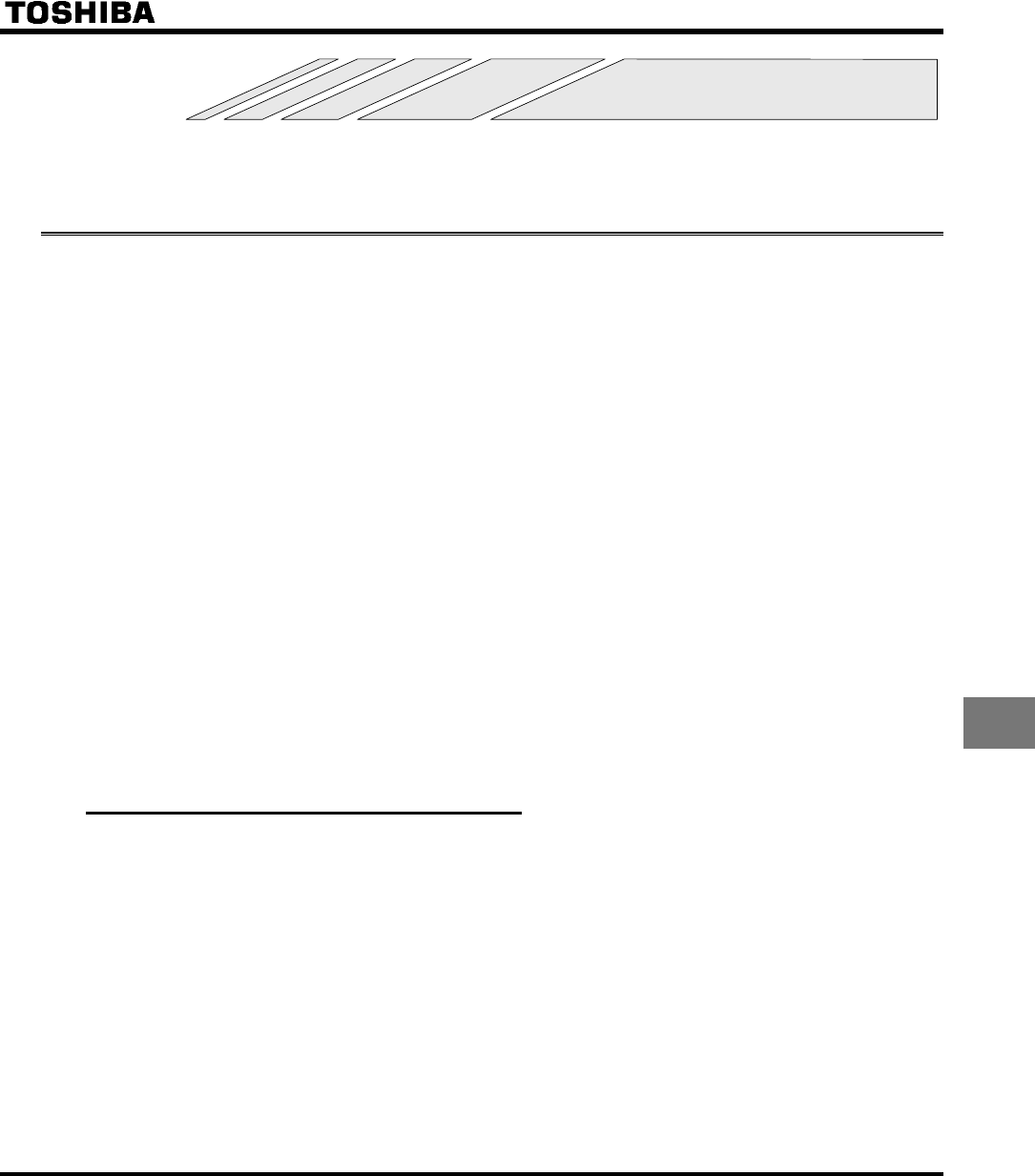
E6580757
I-1
9
9. Taking measures to satisfy
the CE/UL directive
9.1 How to cope with the CE directive
In Europe, the EMC directive and the low-voltage directive, which took effect in 1996 and 1997, respectively,
make it obligatory to put the CE mark on every applicable product to prove that it complies with the directives.
Inverters do not work alone but are designed to be installed in a control panel and always used in combination
with other machines or systems which control them, so they themselves are not considered to be subject to the
EMC directive.
However, the CE mark must be put on all inverters because they are subject to the low-voltage directive.
The CE mark must be put on all machines and systems with built-in inverters because such machines and sys-
tems are subject to the above directives. If they are "final" products, they might also be subject to machine-
related directives. It is the responsibility of the manufacturers of such final products to put the CE mark on each
one. In order to make machines and systems with built-in inverters compliant with the EMC directive and the low-
voltage directive, this section explains how to install inverters and what measures should be taken to satisfy the
EMC directive.
We have tested representative models with them installed as described later in this manual to check for confor-
mity with the EMC directive. However, we cannot check all inverters for conformity because whether or not they
conform to the EMC direction depends on how they are installed and connected. In other words, the application
of the EMC directive varies depending on the composition of the control panel with a built-in inverter(s), the rela-
tionship with other built-in electrical components, the wiring condition, the layout condition, and so on. Therefore,
please verify yourself whether your machine or system conforms to the EMC directive.
9.1.1 About the EMC directive
The CE mark must be put on every final product that includes an inverter(s) and a motor(s). The VF-S9 series of
inverters complies with the EMC directive if an EMI filter recommended by Toshiba is connected to it and wiring is
carried out correctly.
■ EMC directive 89/336/EEC
The EMC standards are broadly divided into two categories; immunity- and emission-related standards, each of
which is further categorized according to the operating environment of each individual machine. Since inverters
are intended for use with industrial systems under industrial environments, they fall within the EMC categories
listed in Table 1 below. The tests required for machines and systems as final products are almost the same as
those required for inverters.



